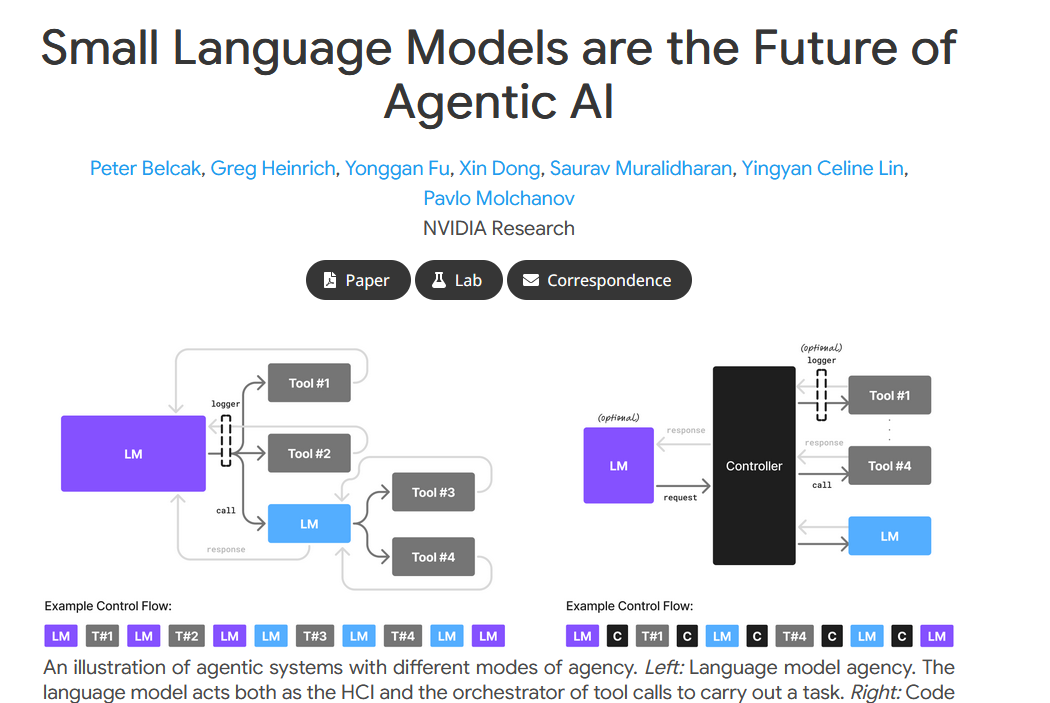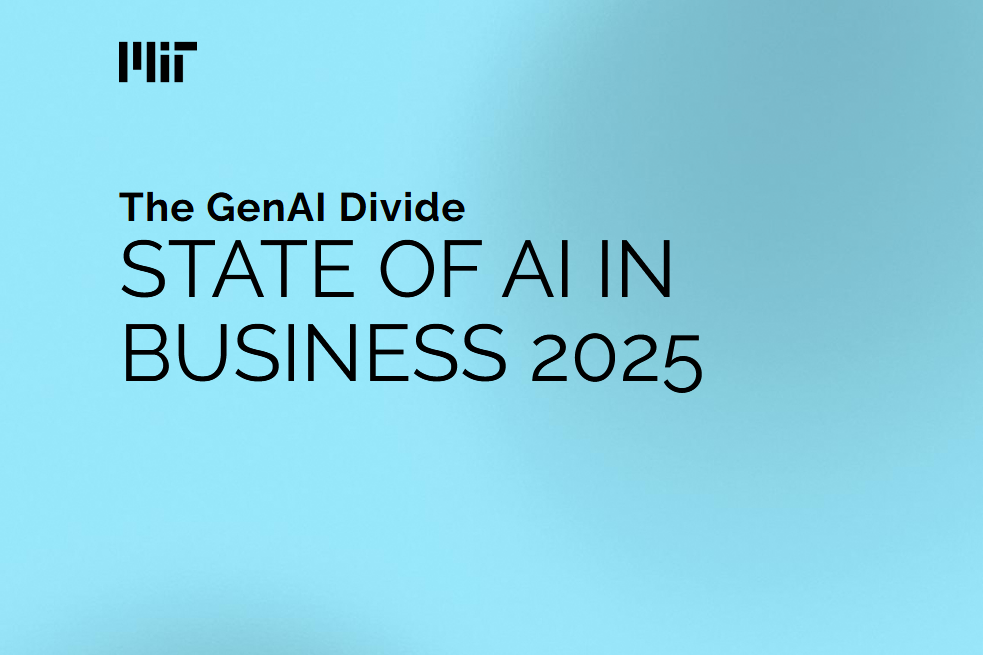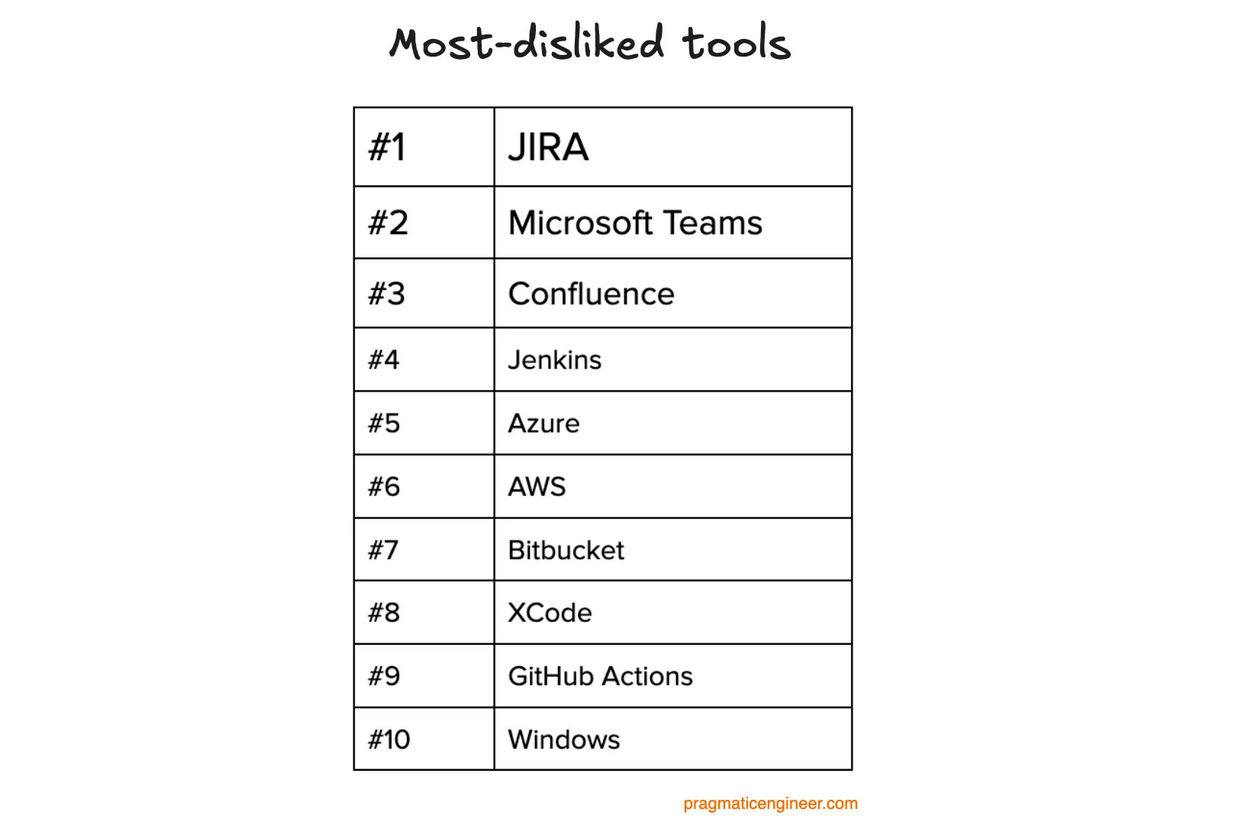Despite massive investments in artificial intelligence, most AI use cases never live up to their promise. A recent study by Gartner found that up to 80% of AI projects fail to deliver business value or reach production. And it’s not because AI doesn’t work — it’s because most implementations are disconnected from real business needs and day-to-day workflows.
So why do so many promising AI initiatives fall short? And more importantly: What actually works in the field?
Let’s break it down.
The Hard Truth: Most AI Projects Don’t Deliver
Executives have been sold on the promise of AI — automate processes, reduce costs, improve decision-making. But according to McKinsey, less than 15% of companies have seen a measurable ROI from AI deployments at scale.
AI failure doesn’t always look like a total breakdown. Sometimes it means:
-
A chatbot that no one uses.
-
A recommendation system that gives vague or outdated suggestions.
-
A “knowledge assistant” that retrieves documents but can’t help resolve an issue.
Despite technically functioning, these systems fail to deliver real-world impact.
📉 Key stat: According to IBM, 37% of executives cite integration challenges and poor user adoption as the top reasons AI fails to scale.
📖 IBM AI in the Workplace Report
5 Reasons Most AI Use Cases Fail
1. No Business Alignment
Cool tech doesn’t matter if it doesn’t solve a real pain point. Too many projects are launched without input from the frontline teams who actually need the solution.
2. Poor Data Foundations
AI is only as good as the data it’s trained on. If your documentation is outdated, scattered, or inconsistent, your AI will be too.
3. Overreliance on RAG or Static Search
Retrieval-Augmented Generation (RAG) helps AI pull from your documents — but it stops at information. You still need a human to interpret and act on the result.
4. Disconnected From Where Work Happens
If your AI lives in a separate portal, dashboard, or chatbot no one wants to use, it becomes shelfware. Tool fatigue kills adoption.
5. No Feedback Loop
AI systems without human-in-the-loop design don’t learn from real-world behavior. They stagnate, frustrate users, and eventually get ignored.
The Problem with Retrieval-Only AI
Many teams start with a simple chatbot or RAG-based assistant. These tools seem like a quick win — they can answer questions and pull content from knowledge bases.
But here’s the catch:
-
They only retrieve. They don’t resolve.
-
They depend on existing documentation.
-
They don’t adapt to new scenarios, edge cases, or evolving processes.
This leads to inconsistent answers, hallucinations, or dead ends in conversations — especially in technical, regulated, or complex environments.
💬 “We implemented a chatbot for internal support, but it couldn’t handle exceptions or do anything beyond copy-pasting from a wiki.” – Enterprise IT Manager
What Actually Works in the Field
The AI projects that succeed share a few core characteristics:
🔁 AI-in-the-Loop
They’re not built in isolation. Real users provide feedback and shape the AI’s evolution from day one.
🔧 Embedded AI, Not External
AI that lives in Slack, Microsoft Teams, email, or service platforms — where people already work — sees 3–5x higher adoption.
📌 Execution-First, Not Just Retrieval
Instead of stopping at “here’s the doc,” successful AI:
-
Automates steps
-
Triggers workflows
-
Writes responses
-
Fills in systems
-
Solves problems
📈 Continuously Updated
They learn from usage patterns, service tickets, chat interactions, and real-world outcomes. AI that grows with the organization — not just with its documents.
📊 Case in point: A B2B tech company implemented an AI assistant that actively structured support ticket data and automated common processes. Resolution times dropped by 43%, and Tier 1 tickets were deflected by 60%.
From Retrieval to Resolution: How to Make AI Work
To move from AI frustration to AI adoption, companies must rethink their approach:
-
Start with a pain point, not a product.
-
Embed AI into daily workflows.
-
Use hybrid intelligence — human feedback + machine speed.
-
Go beyond documentation — automate decisions and execution.
The Bottom Line
Most AI fails because it’s treated like a siloed tool — not an integrated part of how people work. To succeed, AI needs to move from answering questions to solving problems.
That’s what AI Workforce Augmentation is about:
Turning expert knowledge into intelligent, automated action — where and when it’s needed.
📢 Want to see how this works in the field? We’re offering free discovery calls to identify high-impact AI use cases.
Let’s talk. Book a short use case evaluation → Schedule a meeting
Read next: Beyond Retrieval: What Process-Aware AI Actually Does






